Estrogen isn’t just a “female hormone”—it’s actually one of the body’s best bone guardians. If you’re a woman hitting your 40s or 50s, you’ve probably heard people talk about bone thinning or osteoporosis, and estrogen is smack in the middle of that conversation.
So, what’s the real deal? Estrogen helps keep the bones from losing too much calcium. It tells the cells that break down bone (osteoclasts) to chill out, and gives a green light to the cells that build new bone (osteoblasts). When estrogen takes a dip—hello, menopause—bone breakdown speeds up. Suddenly, things you never worried about, like back pain or a wrist fracture from a mild fall, become real threats.
If you care about staying active and independent as you age, knowing how estrogen influences bone health is massive. By understanding how your bones respond to changes in hormones, you can make better choices about everything from your diet to whether hormone therapy could be right for you.
- Estrogen’s Job in Bone Health
- Why Lack of Estrogen Puts Bones at Risk
- Estrogen Therapy: What Works and What Doesn’t
- Everyday Tips Beyond Hormones
Estrogen’s Job in Bone Health
So, what exactly makes estrogen such a big deal for your bones? It all comes down to how your bones are always changing. Your body is constantly breaking down old bone and building new bone, a process called remodeling. That’s happening every single day—way before you even hit menopause.
Here’s the catch: Estrogen keeps that process balanced. It slows down the bone breakdown that’s done by cells called osteoclasts. At the same time, it helps bone-building cells (osteoblasts) stay active and do their job right. When your body has enough estrogen, your bones end up denser and stronger.
Want proof? Just look at what happens during big hormone swings. Girls build up about 90% of their bone mass before age 18—right when their estrogen is ramping up. After menopause, when estrogen drops fast, bone loss speeds up. In fact, most women lose up to 20% of their bone density within just 5-7 years after periods stop.
| Stage | Average Bone Density Change |
|---|---|
| Puberty (Estrogen Increases) | Bone density rises fast |
| Menopause (Estrogen Drops) | Bone density drops quickly |
But the story isn’t just about women. Men’s bodies make estrogen too, just in lower amounts. Low estrogen in men (often from other medical issues) can also mean weaker bones and a bigger chance for osteoporosis.
Long story short, if your estrogen crashes, so does your bone strength. Keeping those hormone levels steady (or at least tackling bone loss early) can make a huge difference as you age.
Why Lack of Estrogen Puts Bones at Risk
If you’ve ever wondered why osteoporosis shows up fast after menopause, it’s all about plummeting estrogen. Before menopause, this hormone helps keep the pace between breaking down and building up bone pretty even. When estrogen drops, the seesaw tips the wrong way—bone loss races ahead, and rebuilding can’t keep up.
Right after menopause, women can lose up to 20% of their bone density in the first five to seven years. That’s a massive shift, and it explains why broken bones (think hips and spines) become a big deal fast. The science is clear: less estrogen means bone cells that eat away at your skeleton (called osteoclasts) become overactive, while the guys who build bone slow down. That combo leaves your bones thinner and weaker.
| Years After Menopause | % Bone Loss (Average) |
|---|---|
| 1-3 | 5-10% |
| 4-7 | 10-20% |
| 8+ | Up to 30% |
Men don’t get off scot-free, but the drop in their estrogen levels is way more gradual. That’s why women get osteoporosis earlier and more often than men. Here’s what puts you in the danger zone after menopause:
- Quick loss of estrogen (like from early menopause or ovary removal)
- Being naturally thin or having a small frame (less bone built to start with)
- Family history of osteoporosis or fractures
The loss isn’t just about bones snapping easily. It can also mess with your posture, cause chronic pain, and make normal daily stuff—like walking or bending—way harder. It all circles back to estrogen being a bone’s lifeline. The second those levels go, fractures become way more likely.
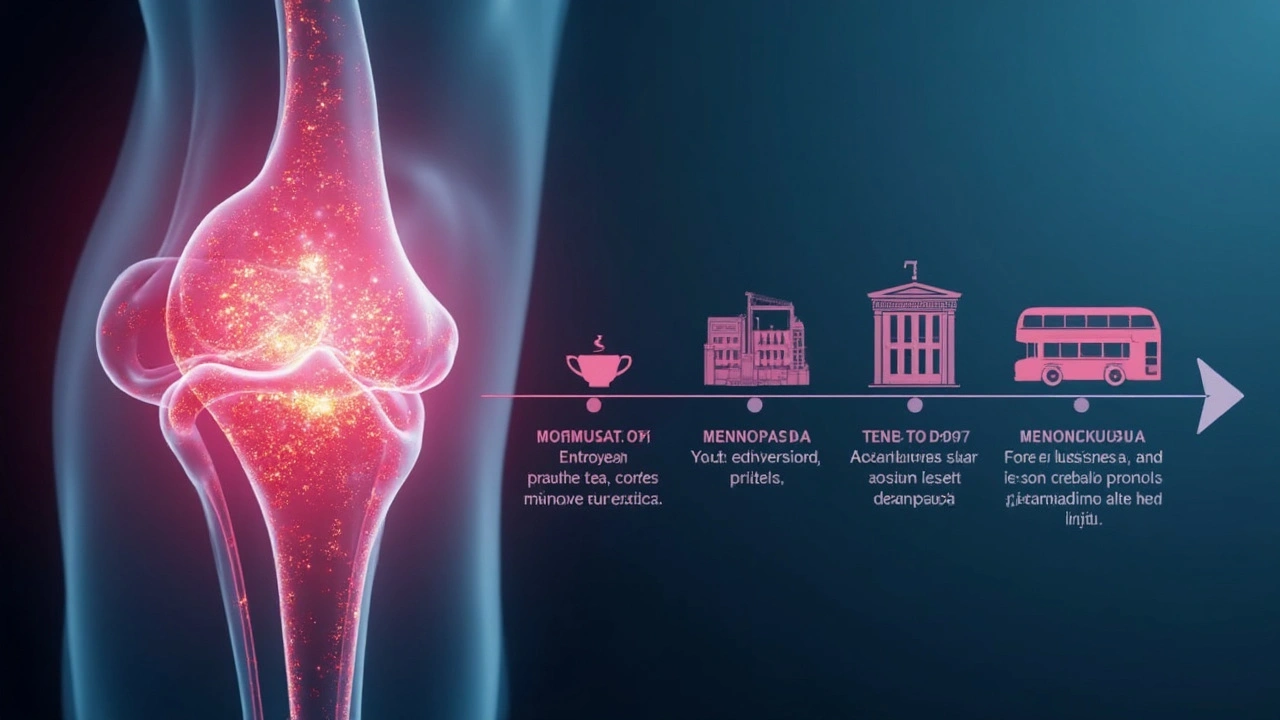
Estrogen Therapy: What Works and What Doesn’t
When it comes to estrogen therapy for osteoporosis, there’s a lot of hype, but you want the facts before making any decisions. Doctors have known for years that estrogen therapy can slow down bone loss and help prevent fractures, especially for women in early menopause. Basically, putting some estrogen back in the system tricks the bones into acting young again—at least for a while.
But is it a slam dunk for everyone? Not quite. The pros and cons depend on when you start, your age, and your health history. Here’s what you should know:
- Best time to start: Estrogen therapy works best for women under 60, or within 10 years of menopause. That’s when bone loss kicks into high gear, and estrogen can make a real difference.
- What it helps: It’s proven to lower the risk of spine and hip fractures—the big ones for osteoporosis trouble. The effect is even better if you start early, right when periods stop.
- How it’s given: You’ll find pills, patches, gels, and sprays. The delivery method doesn’t change the bone benefits much, but some women like patches or gels to skip the daily pill.
- Estrogen alone vs. combos: If you still have your uterus, you’ll need to take estrogen with progestin to protect against uterine cancer. If you’ve had a hysterectomy, just estrogen works fine.
But, there’s a flip side. Estrogen therapy isn’t for everyone. Studies, like those from the Women's Health Initiative, found that taking estrogen long-term can bump up the risk of breast cancer, blood clots, stroke, and heart problems in some women. That’s why doctors usually suggest using the lowest dose for the shortest time that works.
| Benefit | Who Benefits Most | Risks |
|---|---|---|
| Reduces fracture risk | Women under 60 or within 10 years of menopause | Blood clots, stroke, breast cancer (long-term use) |
| Slows bone loss | Early menopause patients | Heart risk in older women |
If you can’t or shouldn’t use hormone therapy, plenty of non-hormonal meds work just as well for osteoporosis. These include bisphosphonates (like alendronate and risedronate), which are the most common, and newer options like denosumab or anabolic meds like teriparatide.
The bottom line? Estrogen therapy is a powerful bone saver if you start it early and use it carefully. But it’s not an automatic YES for every woman. Chat with your healthcare provider, look at your personal risks, and pick the option that fits your life best.
Everyday Tips Beyond Hormones
Even though estrogen plays a huge part in keeping bones healthy, it's not the only piece of the puzzle. There are plenty of things you can do every day that really help your bones, with or without hormone therapy.
- Keep Moving: Weight-bearing exercises—think brisk walking, pickleball, jumping jacks, or climbing stairs—make your bones work harder and build strength. The CDC says just 30 minutes of this activity most days can make a real difference.
- Eat for Your Bones: You need both calcium and vitamin D. Women over 50 should aim for about 1,200 mg of calcium and 800 IU of vitamin D daily. Dairy, leafy greens, and fortified foods are your friends. If you hate milk, a good alternative is calcium-fortified orange juice or tofu.
- Don’t Forget Protein: People sometimes skip this, but muscle loss and bone loss go hand in hand. Make sure you get enough protein from eggs, yogurt, beans, or chicken.
- Cut Back on Bad Habits: Smoking and heavy drinking are rough on bones. Studies show women who smoke have twice the fracture risk of non-smokers. Try to limit booze to one drink per day.
- Stay Balanced: Falls are the fastest way to break a bone if you have osteoporosis. Keep your home free of clutter, use nightlights, and consider balance exercises like yoga or tai chi.
If you want to see the numbers, here’s how much calcium and vitamin D are recommended by age:
| Age Group | Calcium (mg/day) | Vitamin D (IU/day) |
|---|---|---|
| Women 19-50 | 1000 | 600 |
| Women 51+ | 1200 | 800 |
Don’t wait for trouble. Your daily choices now can help you keep strong, healthy bones so you don’t need to stress as much about osteoporosis later on.

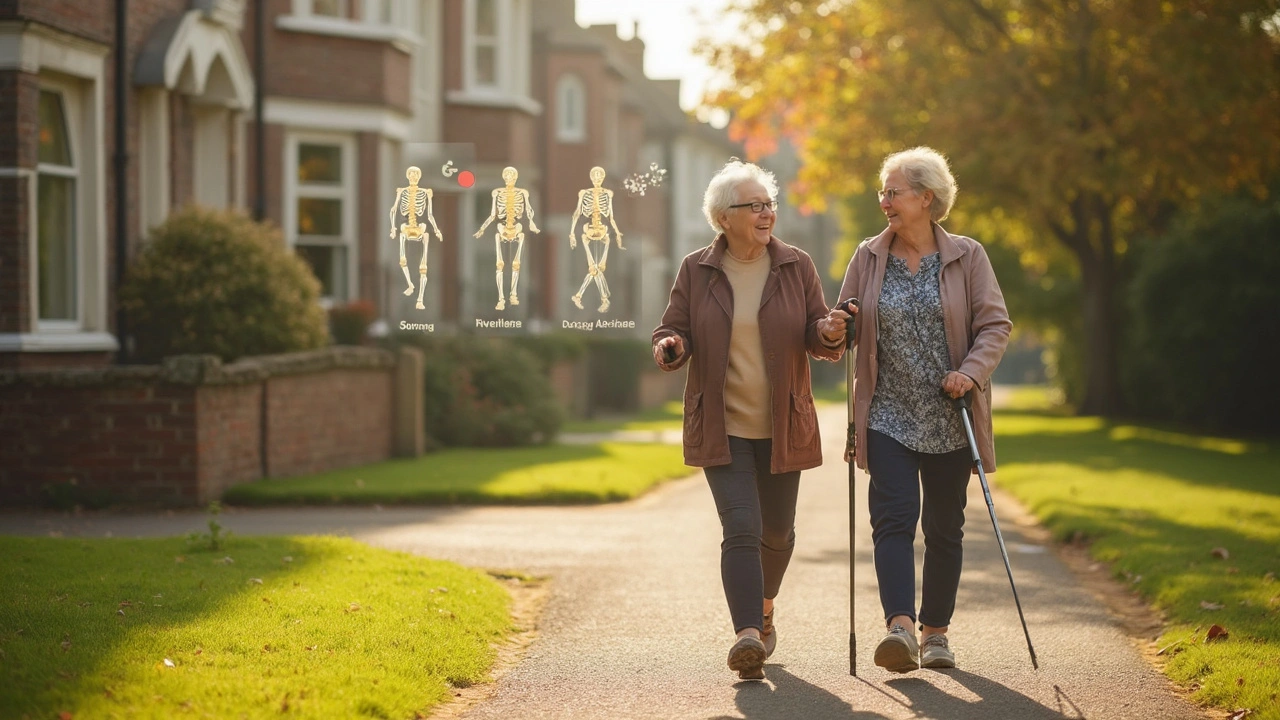
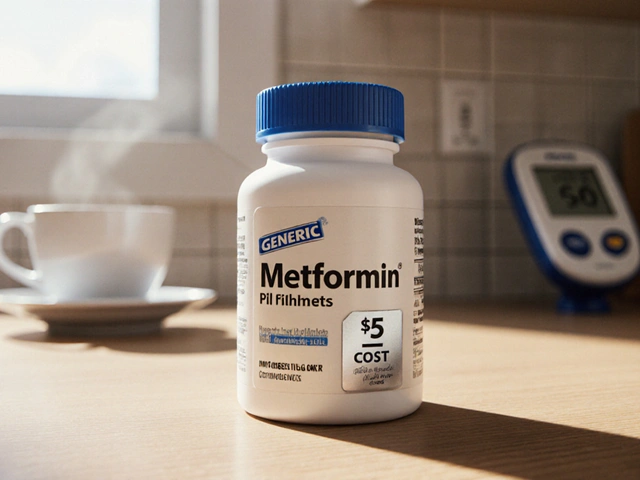
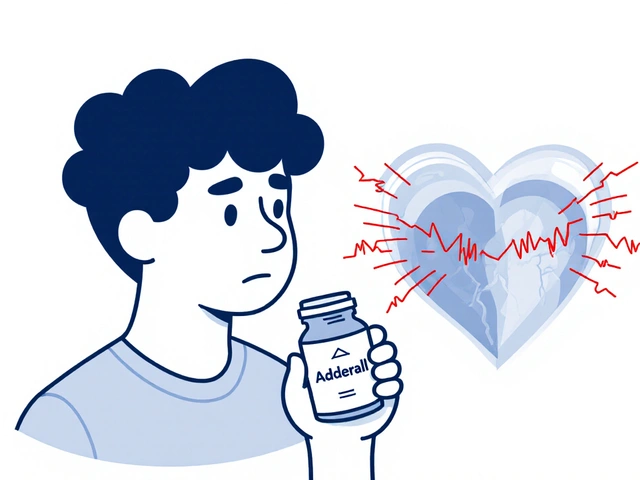
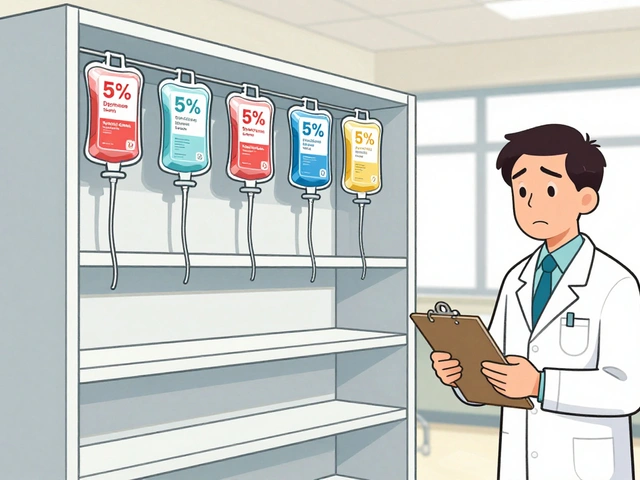
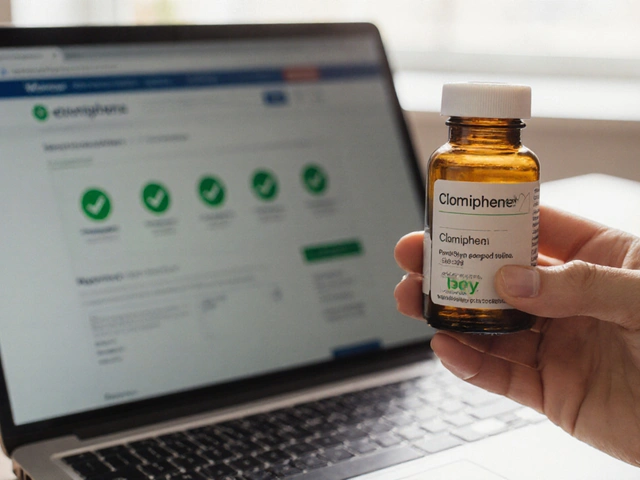
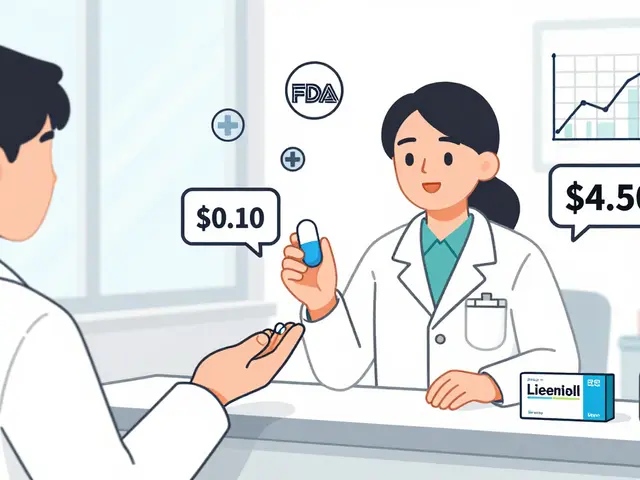
April 22, 2025 AT 19:30
They dont tell you that big pharma hides the real estrogen cure in plain sight.